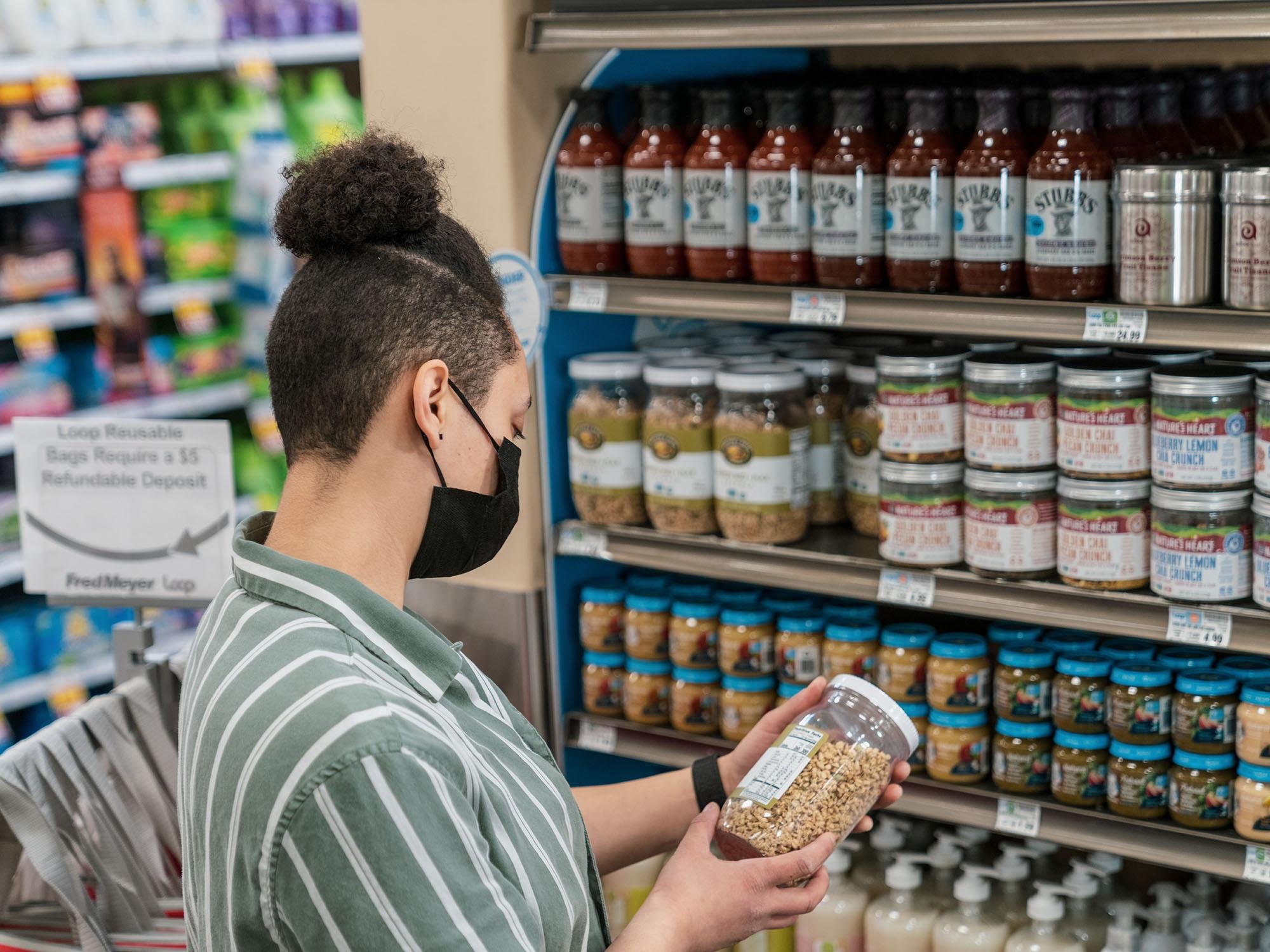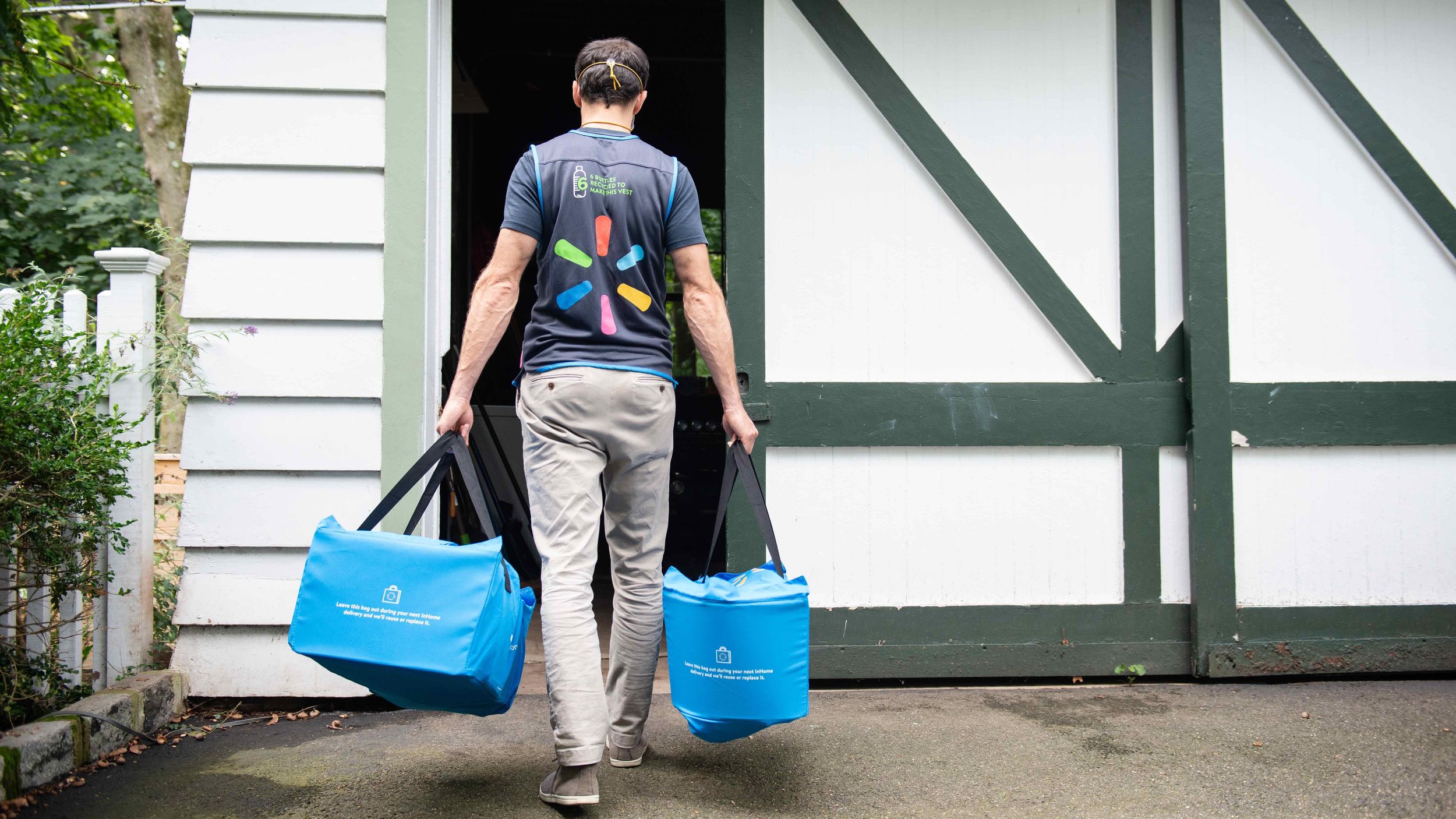Reuse vs Single-use: Economics
Reuse systems create safe, green, local jobs and keep resources circulating locally while building community wealth.
Food service businesses in the U.S. spent $21.9 billion on purchasing single-use products in 2019, a number forecast to grow to $33.2 billion by 2027. Going reusable presents innovative new business opportunities and ways to save money.
Replacing just 20% of single-use plastic packaging with reusable alternatives offers an opportunity worth at least $10 billion.
From reuse for onsite dining to broader interoperable systems serving venues and/or packaging for consumer packaged goods, the reuse economy offers great potential for cost savings and sustainable development.

Replacing just 20% of single-use plastic packaging with reusable alternatives offers an opportunity worth at least $10 billion.
Reuse saves communities money
Single-use disposables add costs to businesses to procure products and pay for waste hauling—again and again. They also add costs to city governments to manage the packaging waste, which is on average 28% of a municipal waste stream.
That equates to $5 billion nationally to manage what lands in the trash. Another $12 billion is spent picking up what ends up as litter.
Reuse stops waste before it starts, cutting the number of single-use items that end up in the waste management system and reducing costs for businesses and local governments.
Reuse creates good, green safe jobs
Reuse fosters strong and resilient local economies where the logistics of reusables collection, washing, and redistribution provides safer jobs and helps build wealth locally. Entrepreneurial opportunities abound as more reuse services come onto market.
Reuse creates up to 30 times more jobs than landfills — and they’re much safer than recycling jobs. Clean, safe reuse jobs have an 84% reduction in industry toxicity score.
It is estimated that in a 300,000 resident city, a widespread reuse system can create 150-250 local jobs — including transporting, sorting, washing, packing, redistributing, managing, and supervising — that can’t be exported.
Image: Returnity
Paying for Reusables
The upfront cost of reusable foodware does not need to be a barrier. Private initiatives and public funding can help cover the purchase of reusables.
Plastic Free Restaurants provides full subsidies to foodservice operators, including schools, for reusable foodware.
Check Upstream’s running list of local grants/rebates to see if any are available in your municipality (please note, this list is open source and therefore not exhaustive).
With a shift to reuse, foodservice operators can save waste hauling costs and reduce staff hours dedicated to waste management.
A school in Durham, NC was able to decrease its trash by 80% after making the switch to reusable trays. This freed custodial staff to reallocate time to other tasks and led to a reduction in reported injury and back pain, due to less heavy trash hauling.
For more information, see Switching to reuse for onsite dining in foodservice: Tips, tricks & considerations
With time, reuse saves businesses money
Reusable foodware is more expensive up front, and there are dishwashing labor costs and utilities to consider. However, data demonstrates cost savings develop and accrue over time after reducing your purchase of disposable items.
Clean Water Fund’s ReThink Disposable program has demonstrated the short-term payback of switching to reusables for onsite dining in over 50 cases of providing technical assistance to foodservice operators and gathering cost impact data. Their findings reveal:
100% of restaurants and institutional dining operations saved money by switching from single-use to reuse.
The average savings for a small business are between $3,000 and $22,000 per year, with environmental benefits that include eliminating 110,000 to 225,000 packaging items per business and 1,300-2,200 lbs. of waste annually.
See ReThink Disposable’s case studies and a summary of case study savings by business profile.
For closed-loop venues like stadiums and arenas, return on investment comes with high volume and high return rates. A well designed reuse system will ensure a faster ROI.
Reuse is a brand influence opportunity
Reuse is a competitive strategy for retailers. Leaders in this space will effectively reinvent the retail experience with consumer creativity and engagement at the center.
A company’s environmental leadership can add value to its brand. Conversely, brands associated with plastic pollution drives consumers away.
Brands that lead on switching to reuse are capitalizing on the increasing consumer support for moving away not only from plastic but from all single-use. A 2022 survey by Trivium Packaging showed that 74% of Americans are interested in buying products in refillable packaging. And there are a lot more reports showing consumer preference for reuse—we’ve rounded them up here.
Because the reuse economy is about supply chain transformation and public infrastructure, corporations are critical players in scaling, accelerating, and normalizing reuse.
Corporations often control entire supply chains and dominate retail spaces, allowing them to dictate the availability and visibility of products. This dominance influences what options consumers have and ultimately affects their purchasing decisions. Brand recognition and loyalty that is cultivated by corporations impact consumer choices, as individuals tend to gravitate towards familiar and trusted brands. Thus, influential brands have an opportunity to take the lead in making reuse the default.
Resource Library
-

Embracing Reuse in US EPR Packaging Programs
-

The New Reuse Economy
-

Ellen MacArthur Foundation: Unlocking a reuse revolution: scaling returnable packaging
-

Fact Sheet: Reuse Saves Money
-

ReThink Disposable Case Studies
-

5 impact profiles of restaurants that switched to reuse




